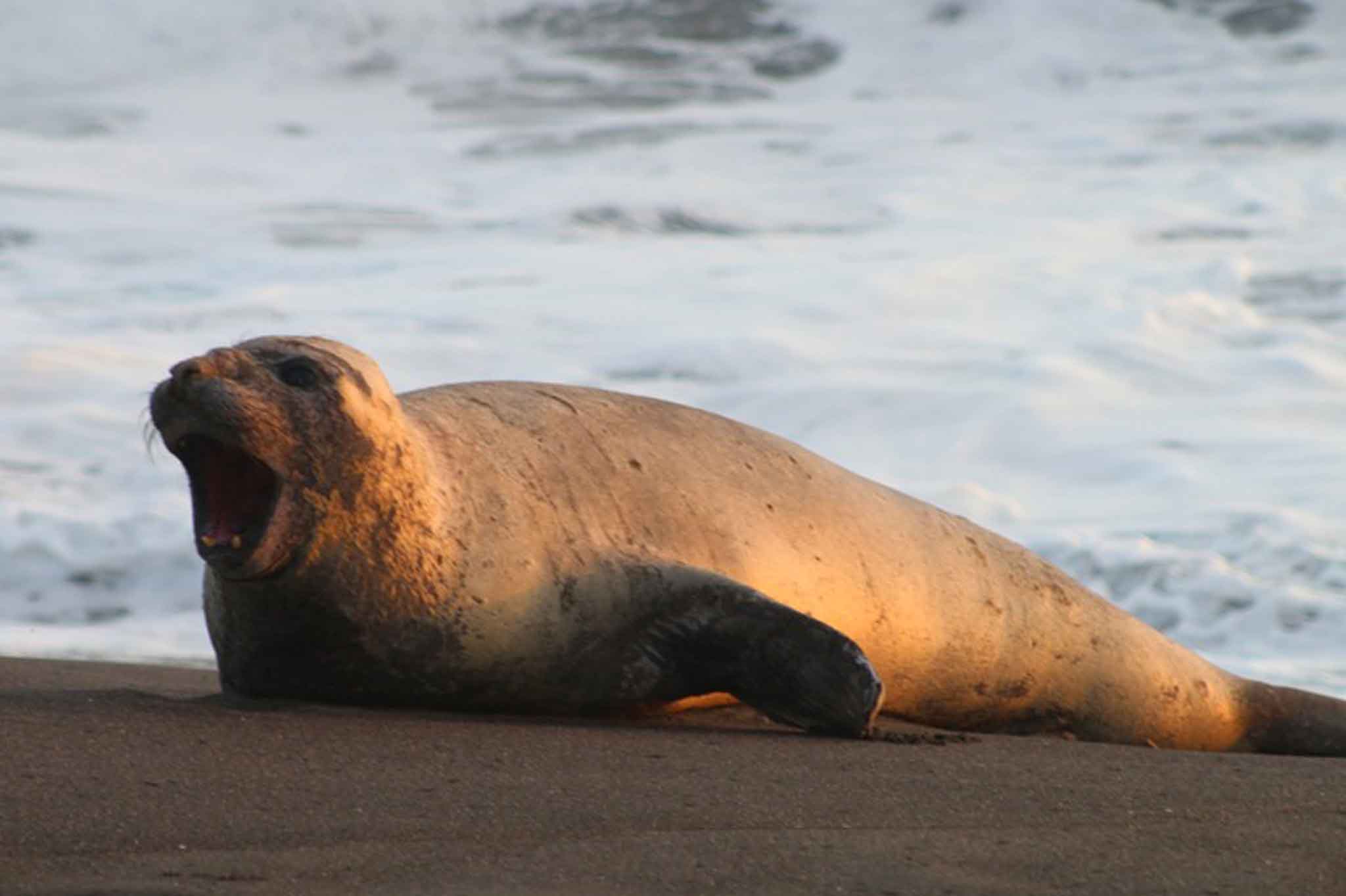How to act in case of a wildlife sighting?
Wildlife sighting is one of those events that anyone would consider special. Not just any day one can come across a humpback whale, a jaguar, a tapir or a sea elephant. There is no more ideal event like that, to take out the camera and take all the photos and videos possible.
However, like everything in life, certain precautions must be taken, since unlike a zoo, wild animals that we find outdoors are not used to being in contact with human beings, which, if not done With some care, it can create stress for individuals, as well as endanger ourselves.
There is already evidence of many cases in recent history, in which human losses have been lamented for taking lightly the encounter with a wild animal. Therefore, as a result of the sighting of a southern elephant seal (Mirounga leonina), according to a report by ARCAS and the National Council of Protected Areas (CONAP), on the beach of Hawaii, in the Pacific of Guatemala, the environmental organization ARCAS Guatemala, published a series of recommendations that we must all follow, in case we are facing a wild animal.
Who are the elephant seals?
There are two species of elephant seals, the northern or northern elephant seal (Mirounga angustirostris) and the southern or southern elephant seal (Mirounga leonina). The northern elephant seal lives along the west coast of North America, especially in Mexico and California. Its presence on the Central American coasts is not very usual. The distribution of the southern elephant seal is much wider, as it breeds off the coasts of Argentina and Chile, in the Malvinas Islands and Antarctica, to name a few. There have been records of some lost individuals in Peru and Ecuador.
According to Jonnathan Pitter, from the southeastern regional office of CONAP, this is the first documented record of this animal in the country, which obviously generated a lot of expectation from the local population, so it is likely that the species has experienced stress and tension.
“It is an atypical case (the arrival of the individual to Guatemalan shores). One of the causes could be the change of skin, (or else) that he needs to rest, so he deviated and went to the beach, “said the expert. However, as it is an unknown species for this region, what was clear is that the presence of people generated discomfort in the animal. “Tourists and community members would not let him rest,” Pitter said.
Therefore, CONAP issued a statement in which it asked the population “NOT to approach to take pictures, DO NOT touch, DO NOT disturb it, DO NOT try to return it to the sea. (Because) he is NOT used to people and if they bother him he can become very stressed and aggressive. Feeling harassed and bothered by people, he returns to the sea and does not rest enough. For this reason it has been observed on the beaches of different locations on the Pacific Coast, the last report is on the beach “El Guayabo” near Iztapa, but it returned to the sea when disturbed by people “.
Among the recommendations that ARCAS issued is that of always establishing a perimeter of 12 meters of distance between people and the animal. In addition, do not take photographs or videos near the animal, obstruct its field of vision, touch it or alter it in any way.
These recommendations apply to any encounter with wildlife, as stressful and tense situations can only end in physical harm to animals and people near them.
